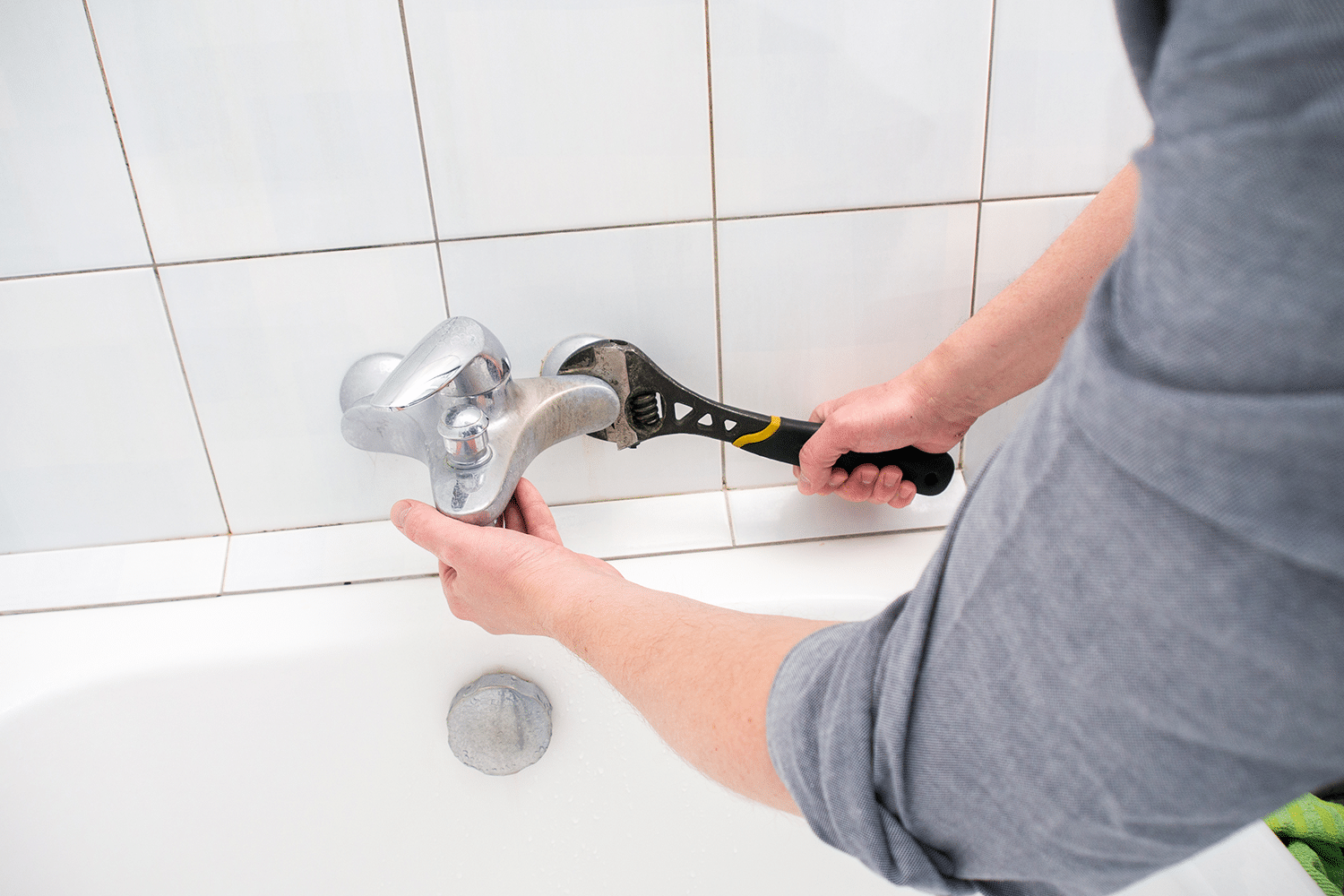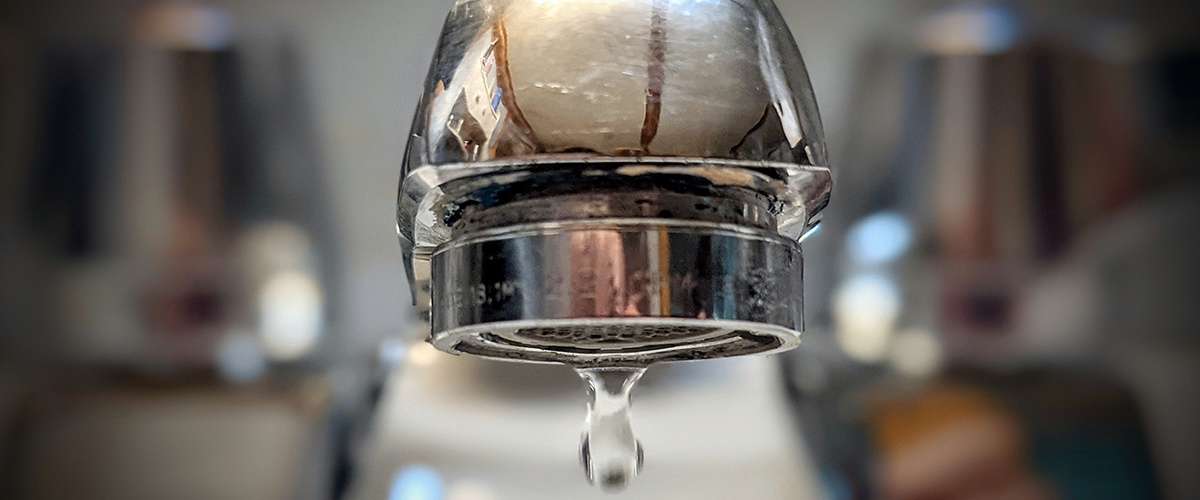An Upsides of Resolving a Malfunctioning Faucet
An Upsides of Resolving a Malfunctioning Faucet
Blog Article
In this article further down you can find more good resources regarding 4 Common Reasons for a Leaky Faucet.

Leaking faucets may appear like a small trouble, however their effect surpasses simply the nuisance of the noise. From wasting water to incurring unnecessary economic expenses and health and wellness risks, ignoring a trickling tap can bring about numerous effects. In this post, we'll explore why it's crucial to resolve this common house problem promptly and efficiently.
Wastefulness of Water
Ecological Impact
Trickling faucets add substantially to water wastage. According to the Environmental Protection Agency (EPA), a solitary tap dripping at one drip per second can waste more than 3,000 gallons of water annually. This not only stress water sources yet additionally impacts ecological communities and wildlife based on them.
Financial Expenses
Raised Water Bills
Beyond the environmental impact, dripping faucets can pump up water bills considerably. The gathered waste in time converts right into greater utility expenses, which can have been avoided with prompt repairs.
Possible Home Damages
Furthermore, prolonged leaking can result in damage to fixtures and surface areas bordering the faucet. Water buildup can create staining, deterioration, and even structural problems if left neglected, resulting in extra fixing prices.
Health and wellness Problems
Mold and Mildew Development
The consistent existence of moisture from a trickling tap produces an optimal environment for mold and mildew and mildew growth. These fungi not just jeopardize interior air high quality yet likewise pose wellness risks, specifically for people with respiratory problems or allergic reactions.
Waterborne Diseases
Stationary water in trickling taps can become a breeding ground for germs and various other pathogens, enhancing the danger of waterborne illness. Impurities such as Legionella microorganisms prosper in stationary water, possibly causing significant diseases when ingested or breathed in.
DIY vs. Expert Repair
Pros and Cons of Do It Yourself Repair
While some might try to take care of a trickling tap themselves, DIY repair services come with their own set of obstacles. Without proper knowledge and devices, DIY attempts can aggravate the concern or result in incomplete repairs, lengthening the problem.
Advantages of Working With a Specialist Plumber
Hiring a professional plumber guarantees that the underlying source of the trickling tap is attended to successfully. Plumbing professionals have the experience and equipment to identify and fix faucet concerns efficiently, conserving time and minimizing the risk of additional damages.
Step-by-Step Overview to Fixing a Dripping Faucet
Tools Required
Before attempting to take care of a trickling tap, collect the needed devices, including a flexible wrench, screwdrivers, substitute components (such as washing machines or cartridges), and plumber's tape.
Typical Faucet Issues and Their Solutions
Identify the type of tap and the details problem triggering the drip. Common troubles include damaged washers, corroded shutoff seats, or malfunctioning O-rings. Refer to manufacturer guidelines or on the internet tutorials for step-by-step support on repair work.
Preventive Measures
Regular Upkeep Tips
To prevent leaking faucets, do routine upkeep such as cleaning up aerators, inspecting for leaks, and changing worn-out components promptly. Additionally, think about setting up water-saving devices or upgrading to much more effective components.
Significance of Prompt Fixes
Dealing with leaking taps as soon as they're seen stops additional water wastefulness and prospective damages, ultimately conserving both water and money in the future.
Influence On Residential Property Worth
Perception of Well-Maintained Property
Preserving a building in good condition, including addressing maintenance concerns like dripping taps, enhances its viewed worth and value amongst possible buyers or occupants.
Impact on Resale Value
Qualities with well-maintained plumbing fixtures, including taps, command greater resale worths in the property market. Attending to trickling taps can add to a favorable impression during residential or commercial property assessments and settlements.
Environmental Obligation
Private Contribution to Conservation
Taking duty for repairing dripping faucets straightens with more comprehensive efforts toward water preservation and ecological sustainability. Every individual's activities jointly make a considerable influence on maintaining precious sources.
Lasting Living Practices
By focusing on timely fixings and taking on water-saving behaviors, people add to lasting living methods that benefit both present and future generations.
Conclusion
Dealing with a dripping tap exceeds mere convenience; it's an essential action towards conserving water, reducing economic expenses, and protecting wellness and building. Whether with DIY repair services or specialist support, acting to repair trickling taps is a tiny yet impactful method to advertise responsible stewardship of sources and contribute to a much healthier, extra lasting future.
How to Fix a Leaky Faucet: Step-by-Step Repair Guide
A leaky faucet may seem like a simple annoyance, but if it's not fixed promptly, that leak could cost hundreds to potentially thousands. From water damage to mold, mildew, and high water bills, even a tiny leak can be catastrophic if left unattended. Damage like this can even affect the overall value of your home, so it's important to take the right approach for leaky faucet repair. You may need the help of a plumber in some cases, but we've got a few tips you can try on how to fix a leaky faucet before calling the pros.
Four Faucet Types
When you're learning how to fix a leaky faucet, the first step is knowing what kind of faucet you're working with! There are four common types.
Cartridge Faucets
Cartridge faucets come in one- or two-handled varieties. In one-handled cartridge faucets, hot and cold water combines in a single cartridge. In the two-handled versions, hot and cold water are controlled separately and mixed in the faucet.
Ball Faucets
Ball faucets have a single lever you push up and down to adjust the pressure and rotate to change the temperature. A slotted metal ball controls the amount of water allowed into the spout.
Compression Washer Faucets
They're the oldest type of faucet, but they're still used in many homes — especially older ones. Compression faucets have two separate handles that, when turned, raise or lower the washer that seals a water valve. This valve stops water from flowing through the faucet when it is turned off.
Disc Faucets
Disc faucets rarely need to be repaired due to their maintenance-free design. The water flow is controlled by two discs — the upper one raises and lowers against a fixed lower disc, creating a watertight seal. If your disc faucet starts leaking, you may need to replace the seals or clean residue buildup from the inlets.
Fixing a Leaky Faucet
Step 1: Turn Off the Water
Whether you're learning how to fix a leaky bathtub faucet or how to fix a leaky kitchen faucet, always turn off the water supply to your working area when you're fixing a leak. The last thing you want is a flood added to your list of things to fix.
Look for the shutoff valves below your sink or around the tub and turn them clockwise to stop the water flow. If your faucet doesn't have shutoff valves, you may need to turn off the water for the whole house. Check to make sure it's off by turning the faucet on. If nothing comes out, you're ready to start the repair.
Step 2: Take Apart the Faucet
How you disassemble your faucet depends on the type of fixture you have. You can use a flathead screwdriver to remove the caps on top of the handle or handles for cartridge and compression faucets. Inside, you should see handle screws. Unscrew these with a screwdriver to remove the handle.
Disc- and ball-style faucets will typically have an inlet screw near the handle, and removing that will reveal the interior of the faucet.
Detach the Valve Stem
For cartridge- and compression-style faucets, you'll see the inner valve stem or cartridge once you remove the faucet handles. If you have a compression faucet, unscrew the brass valve stem. If you have a cartridge faucet, pull out the cartridge. If your cartridge has been in place for a while, it may require some tools or extra force to remove it due to mineral deposits.
Examine and Replace Parts
Once you've removed the parts, check them out to confirm what needs to be replaced. You may see corroded rubber washers, O-rings, stems, or cartridges. On a ball-style faucet, check the seats and springs for damage.
If you need to repair a leaky disc faucet, check the inlet and seals on the lower disc.
Once you determine what parts must be replaced, visit your local hardware store. Bring the damaged parts with you to ensure you can purchase the correct components to replace them.
Clean Valves and Faucet Cavity
If you've removed a stem or cartridge, you may notice mineral buildup in the faucet's threads. Use white vinegar to clean the valve seat by soaking it for a few minutes, then scrub it away with a soft toothbrush and rinse with warm water. You can also clean the interior of the faucet in the same way.
Reassemble the Faucet
Once your faucet is cleaned and the required parts have been replaced, it's time to reassemble it. Put the pieces back together and slowly turn the water supply back on. Doing this slowly is crucial because too much initial water pressure can damage the new hardware you've just installed.
https://homewarranty.firstam.com/blog/how-to-fix-leaky-faucet

We had been guided to that report on What Causes Leaky Faucets & How To Fix Them from a friend on another domain. Do you know another person who is occupied with the topic? Please feel free to share it. Kudos for your time. Revisit us soon.
Report this page